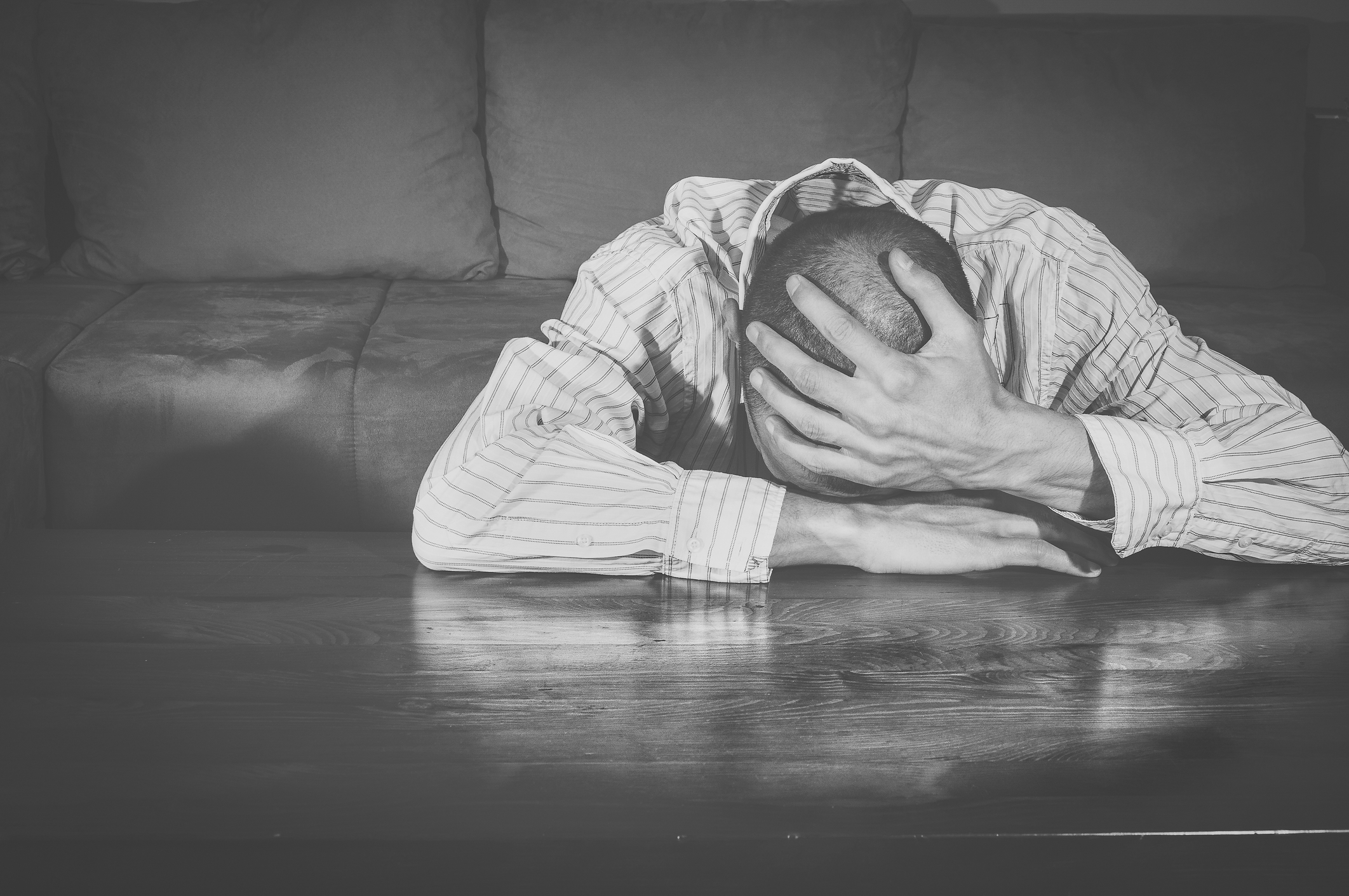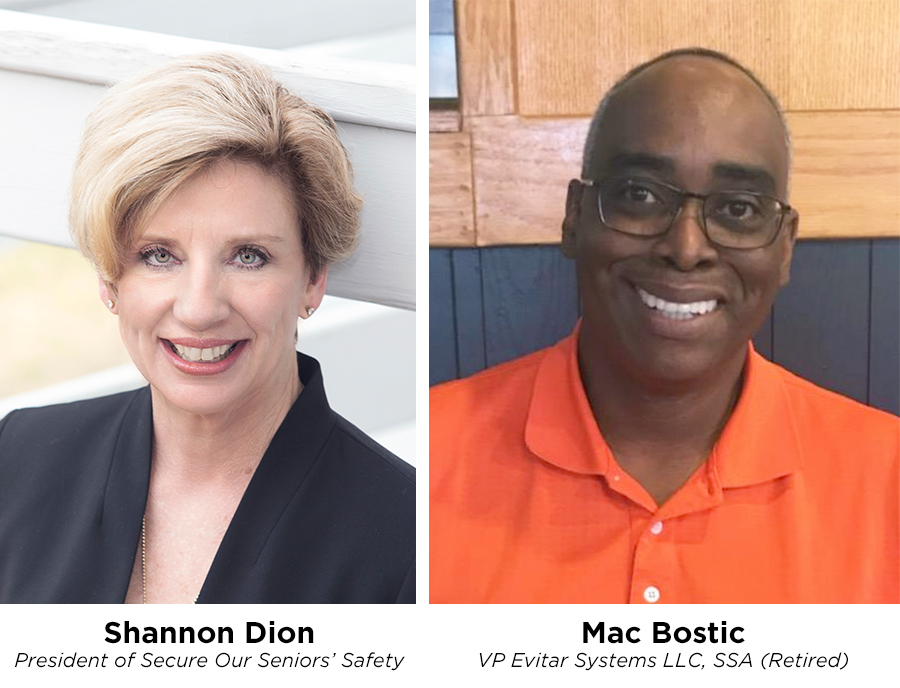 On KHOU: Houston teens blackmailed with fake nude photos
On KHOU: Houston teens blackmailed with fake nude photos
“They’re taking those photos and they’re manipulating them, creating highly sexualized sometimes pornographic content and then using it for extortion and blackmail.” Crime Stoppers CEO Rania Mankarious speaks to Lauren Talarico on KHOU 11 about how online predators are using kid and teen pictures taken from social media sites like SnapChat and Instagram and manipulating them to extort them. *What should children and parents know about sextortion? Crime Stoppers recommends victims do the following: Stop all commutations. Document everything. Do not give them money or meet any other demands. Report it to the FBI, Internet Crimes Against Children and local officials. Post on social media that this has happened to warn other contacts. Talk honestly with your kids. Watch full story here:





